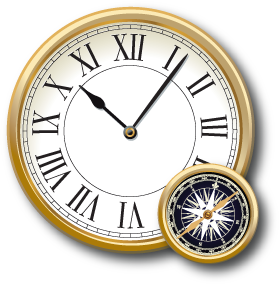Sailing without a chronometer, the Arniston crashed into reefs along the coast of South Africa and sank on May 30, 1815, killing about 340 people.
The Problem
The Arniston was a trading vessel contracted by the British Navy to bring wounded troops and civilians to England from Ceylon. The ship lacked a chronometer because the captain could not afford one, and the company that owned the ship considered them too expensive (about £100 or less). So, the Arniston depended on daily signals from the other ships in its convoy to determine longitude.
The Consequences
While sailing around the horn of Africa, the Arniston became separated from the convoy during a period of strong winds and storms. Unable to determine how far west the ship had sailed, its captain headed north before he should have and slammed into the Lagullos Reef. The crew tried to save the ship, but it broke up in the sea, killing all the passengers and all but six of the crew.
Lessons Learned
The wreck of the Arniston proved the importance of having a maritime chronometer aboard every ship, especially when sailing in dangerous waters. By 1825, all ships in the Royal Navy were equipped with them. Chronometers were supplied to American naval vessels by the early 1830s.
“In this age of science . . . it is indeed astonishing, that any ship should ever be permitted to set out on any voyage without a chronometer.”
—Captain Basil Hall, after the loss of the Arniston





